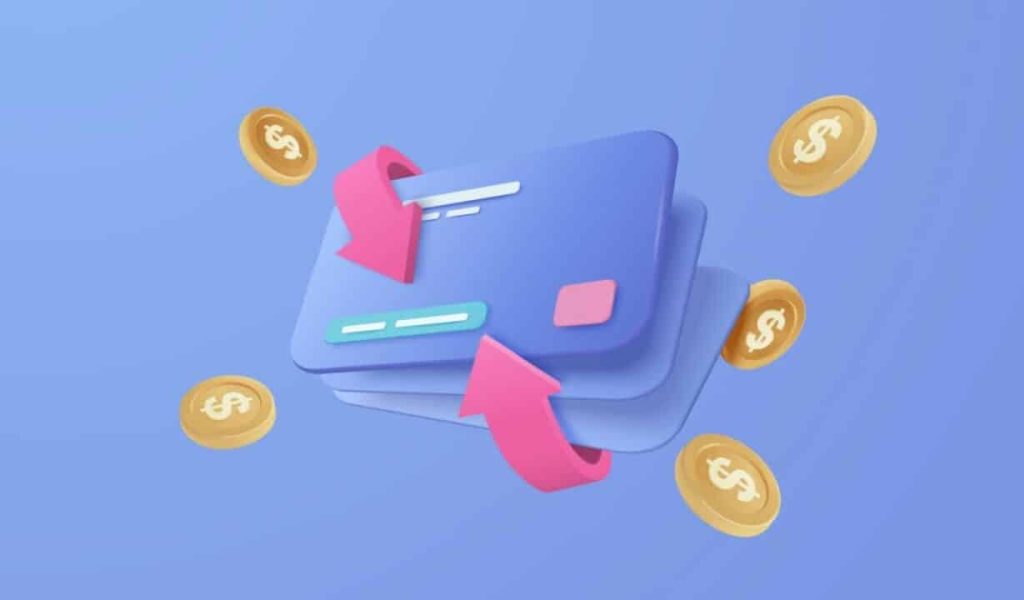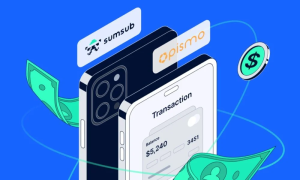Cashback credit cards have become a popular choice for many individuals looking to get more value from their everyday spending. These cards offer a percentage of your purchases back as a monetary reward, making them an attractive option for savvy spenders. However, while these cards provide various advantages, they also come with potential pitfalls.
Understanding both sides of the coin can help you decide if these financial tools align with your monetary goals. In this blog post, we’ll delve into the benefits and potential downsides of cashback credit cards, armed with the knowledge to make an informed choice.
Benefits of cashback credit cards

The primary allure of cashback credit cards lies in their ability to reward cardholders for making purchases. Unlike traditional credit cards, which may offer points or miles, cashback cards provide straightforward monetary returns directly tied to spending habits. These rewards can accumulate over time, offering consumers a tangible financial benefit without the hassle of tracking complex points systems.
Another notable advantage is the flexibility provided by cashback rewards. Unlike travel points or store-specific credits, cashback can be redeemed for statement credits, reducing your balance, or even deposited directly into your bank account. This flexibility means you can use your rewards as you see fit, whether to offset future expenses or enhance your savings.
Convenience and simplicity
One of the standout features of cashback credit cards is their user-friendly nature. Unlike other reward systems that may require a steep learning curve or careful tracking, cashback rewards are easy to understand and redeem. With each purchase, you automatically accumulate a percentage back without needing to strategize point conversions or travel blackout dates, making it an effortless way for cardholders to gain financial perks without additional effort.
Moreover, cashback credit cards often feature seamless integration with tracking tools in online banking apps, allowing users to monitor their rewards accumulation effortlessly. This transparency ensures cardholders are always aware of their progress and can plan their spending accordingly.
Enhanced earning tactics
For individuals looking to optimize their rewards, cashback credit cards often include features that allow strategic spending enhancements. Many issuers offer rotating bonus categories with elevated cashback rates throughout the year, encouraging cardholders to adjust their spending in alignment with these opportunities.
The ability to stack cashback promotions is another feature that savvy consumers can exploit. For instance, combining card rewards with store promotions, coupon usage, or cashback apps can add layers of savings and advantages to every purchase. This sort of tactical spending requires a proactive approach but rewards the diligent cardholder with substantial financial perks.
Potential risks of cashback credit cards
Despite the appealing advantages, cashback credit cards also come with potential downsides. One prominent concern is the temptation to overspend. The promise of rewards can sometimes lead to increased spending, as cardholders aim to maximize cashback earnings. This behavior can result in accumulating debt if one is not disciplined about managing their credit card payments.
Additionally, cashback rates might not always be as generous as they appear. Many credit cards impose limits on the amount you can earn in certain categories or have spending thresholds to meet before unlocking higher rates.
Risk of complacency
An often-overlooked risk when using cashback credit cards is falling into complacency. The straightforward rewards program may lead some cardholders to miss out on optimizing other financial opportunities.
Moreover, some individuals may become less vigilant about periodically reviewing their spending and reward strategies, assuming their cashback card is providing maximum benefit. This complacency can limit financial growth, as better-suited cards for evolving spending habits or preferences might be overlooked.
The impact of interest rates
Another critical consideration is the interest rates associated with cashback credit cards. These tend to be higher than average, designed to offset the cost of reward programs. If a cardholder fails to pay their balance in full each month, interest charges can quickly erode the value of any cashback earned. This risk highlights the importance of disciplined financial management when using these cards.
Balance-carrying habits can turn a seemingly lucrative financial tool into a burdensome expense. Cardholders must prioritize timely payments to capitalize on the rewards effectively. Understanding how interest calculations work and the adverse long-term implications of carrying debt helps in practicing responsible credit management.
In conclusion, cashback credit cards offer a compelling mix of advantages and drawbacks that appeal to a wide range of consumers. By being informed of both the potential benefits and pitfalls, you can make sound decisions tailored to your financial lifestyle. Whether you’re aiming to maximize returns on regular expenses or need to manage credit wisely, understanding your habits and long-term goals is essential in choosing the right card.





